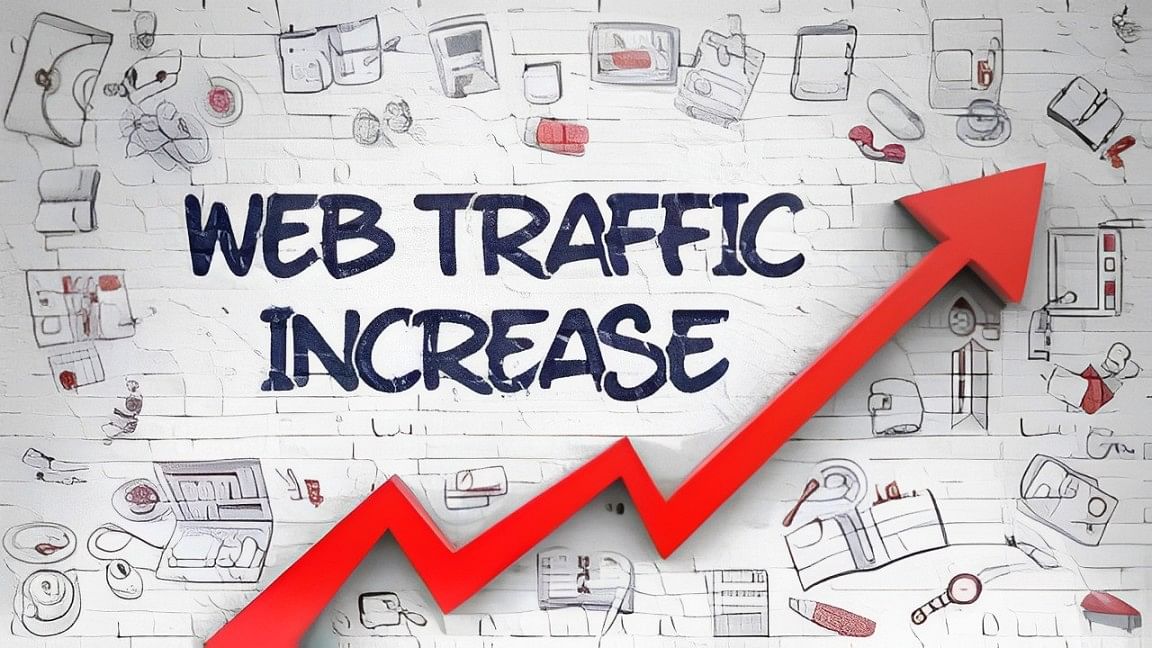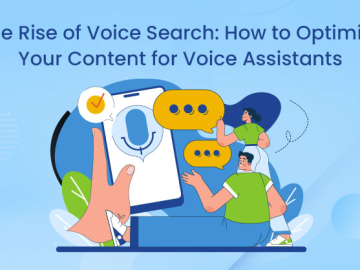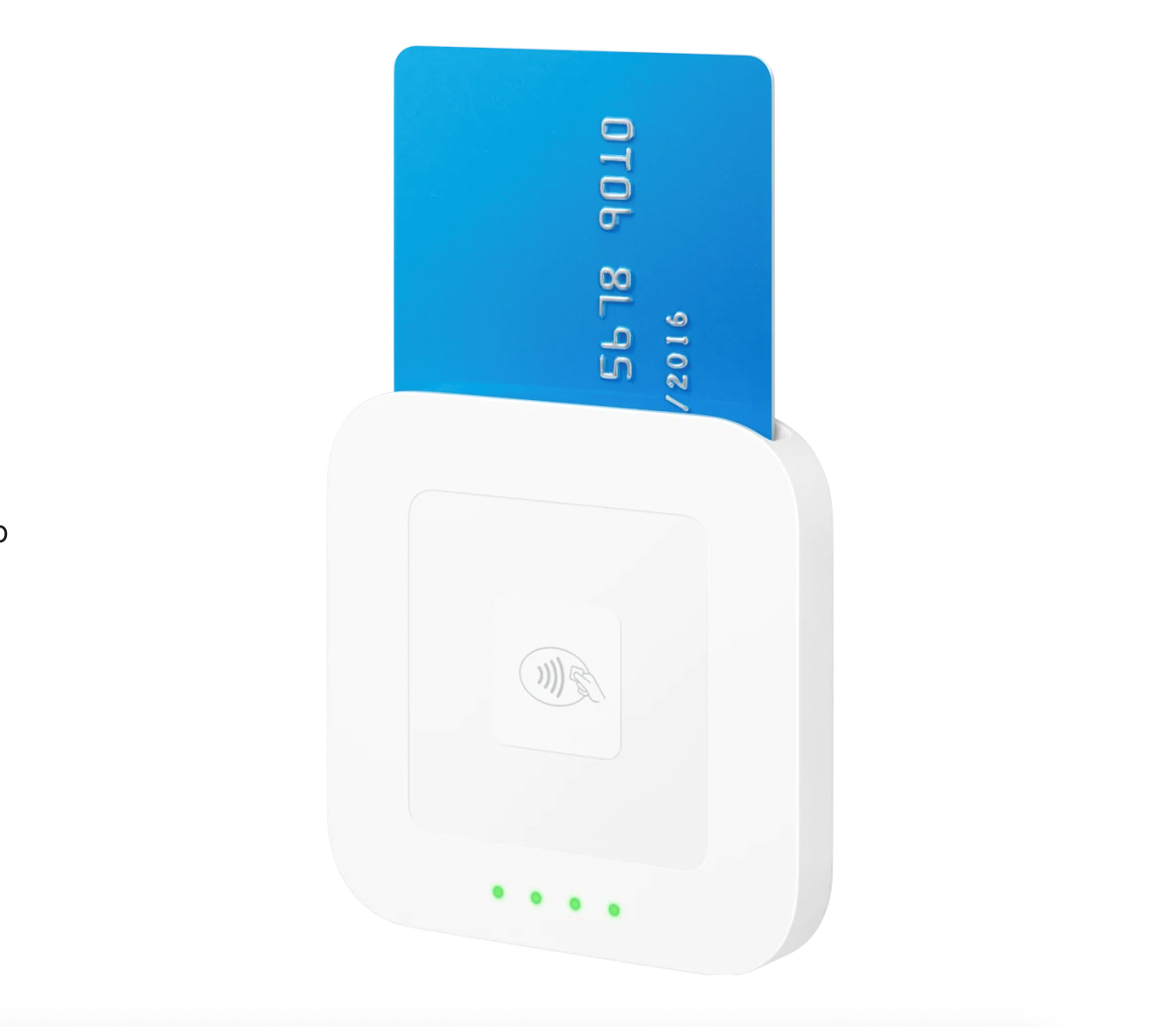If 2022 taught us anything about small businesses, it is that nothing is certain. Business models were disrupted, customer habits changed, and many firms embraced new technologies and digital strategies to survive.
To thrive in today’s digital age, a Digital marketing agency needs to adopt effective digital strategies that can help them establish a robust online presence. By doing so, they can reach a larger audience, build lasting relationships with customers, and ultimately increase brand awareness and recognition. With consumer behavior increasingly shifting towards online channels, digital strategies are more important than ever for businesses looking to succeed in the modern marketplace.
Customers prefer online shopping in 2023
According to surveys conducted by Software Advice, most consumers, who have been increasingly using online shopping channels and plan to continue doing so after COVID, prefer businesses with fully online services.
When asked about their preferred mix of online and in-person interaction, 35% prefer mostly online interaction in a post-COVID-19 world. Of those who have interacted with service providers online, 94% report that their experience met or exceeded their expectations. Although consumers buy online, they aren’t necessarily waiting for their purchases.
Recent data from eMarketer reveals that there has been a notable rise in click-and-collect sales, which enables shoppers to make their purchases online and retrieve them curbside. Experts anticipate that click-and-collect e-commerce sales will soar to $58.5 billion by the end of 2020, representing a remarkable 60.4% increase. It’s worth noting that this shift in consumer behavior is not exclusive to retail sales but rather a general trend of individuals utilizing the internet to source their diverse needs.
How to set up your online presence
Small businesses need to establish a solid online presence to reach customers spending money online effectively. There are multiple ways to accomplish this:
Have a website, a professional one
A professional website is essential to any business in this digital age. If you lack the confidence or expertise to build it yourself, hiring a professional is a viable option. To start, you must select a domain name, which can be daunting if your preferred name is already taken.
However, many companies offer affordable domain names, and it’s noteworthy that your domain name doesn’t have to be an exact match to your business name. You can incorporate descriptive keywords that customers would associate with your business when searching for it.
In the age where mobile devices drive significant web traffic, ensuring your website is mobile-friendly is non negotiable.
For Small Business Owners, your website does the trick for you. Use responsive web design techniques to create a website that adapts seamlessly to various screen sizes and resolutions. Design your website with a mobile-first mentality. Ensure all elements, including images and videos, load and display correctly on mobile devices. Optimize your website’s performance for mobile users. Improving loading times can enhance both user experience and SEO.
Ensure that buttons, links, and menus are large enough and adequately spaced for easy touch screens navigation. Regularly test your website on various mobile devices and browsers to identify and rectify any issues.
Reach and retain
In today’s business landscape, social media platforms are a powerful tool for reaching and engaging customers. According to recent statistics, 74% of the US population follows brands on social media, and 96% interact with them. To ensure that your brand is visible and accessible to your target audience, it is crucial to register and claim your name on all relevant social media sites. This protects your brand reputation and helps you retain customers by providing them a seamless and convenient experience across different channels.
Get that blue tick ASAP.
You can establish an online presence without investing time and money in building a website (although you may want to do so later). Crowd-sourced reviews on various websites are commonly used to find information about businesses, making these third-party platforms an excellent way to start building a digital footprint for your company.
You can easily register your Small Business Owners on review sites like Yelp and search engines like Google. Although creating a Google Business profile takes only a few minutes, you might be asked to verify that you are the business owner via mail, which might take a few weeks. These days, online shopping and review sites also enable businesses to identify as minority-owned. Google Merchant Center, for instance, provides an option to identify your business as Black-owned, Latino-owned, veteran-owned, or women-owned.
We suggest researching your preferred shopping sites to determine their offer for minority-owned businesses. These sites provide valuable data on your business’s level of popularity among customers.
Implement SEO Strategies
In the quest to boost your small business’s online presence, implementing effective SEO (Search Engine Optimization) strategies is paramount. SEO is optimizing your website to make it more visible to potential customers rank higher in search engine results,. Here, we delve into the intricacies of SEO, exploring key strategies that will set your business apart in the digital realm.
Keyword Research
Keyword research is the foundation of SEO. It involves identifying your target audience’s specific words and phrases when searching for products or services related to your business. To embark on effective keyword research:
Tools like Google Keyword Planner, SEMrush, and Ahrefs provide insights into keyword search volume, competition, and trends. Select keywords related to your business offerings. Consider long-tail keywords that have less competition.and are more specific. Study competitors’ websites to see which keywords they target. Then, strategically integrate keywords into your website’s content, avoiding keyword stuffing.
On-Page SEO
On-Page SEO refers to your optimization efforts directly on your website to enhance its search engine ranking. Critical elements of on-page SEO include:
- Meta Titles and Descriptions: Craft compelling descriptions and meta titles for each page on your website. These elements impact your search engine ranking and influence click-through rates from search results.
- Header Tags: Properly structure your content with header tags (H1, H2, H3, etc.). The H1 tag should typically include the main keyword for the page.
- Image Optimization: Optimize images using descriptive alt text and file names . This helps search engines understand the content of you photos
- URL Structure: Create clean, concise, and descriptive URLs with relevant keywords. Avoid using generic URLs.
- Internal Linking: Link to other pages within your website where relevant. This not only aids in navigation but also distributes link equity throughout your site.
- Mobile-Friendliness: Ensure that your website is responsive and user-friendly on mobile devices. Google places significant importance on mobile optimization.
- Page Speed: Improve your website’s loading speed. Slow-loading pages can lead to lower search rankings and higher bounce rates
Off-Page SEO
While on-page SEO focuses on optimizing your website directly, off-page SEO involves activities outside your website but impacts its search engine ranking. Off-page SEO primarily revolves around building high-quality backlinks (links from other websites to yours). Here’s how to approach off-page SEO effectively:
Develop a strong backlink profile by earning links from relevant authoritative websites. High-quality backlinks are seen as “votes of confidence” from other sites and can significantly boost your search ranking. Contribute guest posts to reputable websites or blogs with in your industry. In your guest posts include links back to your website
While not direct ranking factors, social media signals, such as shares and engagement, indirectly impact your SEO. Active social media engagement can drive more traffic to your site, potentially leading to more backlinks.
Maintain a positive online reputation. Respond to reviews and mentions of your business online, as these can influence your brand’s perception and, consequently, your SEO. If your business serves a local area, optimize for local SEO by ensuring your business information is consistent across online directories and platforms. Register on Google My Business to improve local visibility.
Implementing effective SEO strategies is an ongoing process. Regularly monitor website’s performance using tools like Google Analytics and Google Search Console. Adjust your strategy based on performance data and evolving search engine algorithms to ensure your small business maintains a robust online presence.
Content Marketing
Valuable content not only attracts but retains your audience. Craft content that addresses their pain points, answers their questions or entertains them while establishing your authority in your industry. Maintaining a blog on your website provides a platform for regularly publishing informative articles. Blogging improves your website’s SEO and offers fresh content to share on social media. Experiment with various content formats, including videos, infographics, podcasts, and webinars, to cater to different audience preferences and maintain engagement.
Online Advertising
Invest in paid advertising campaigns like Google Ads to appear at the top of search results for relevant keywords, driving immediate visibility and potential leads. Promote your products or services through paid advertising on social media platforms to reach a broader audience and enhance brand awareness.
Wrapping it up
In conclusion, boosting your small business’s online presence requires a multi-faceted approach. By creating a professional website, implementing SEO strategies, leveraging social media, and embracing various digital marketing tactics, you can enhance your visibility, connect with your target audience, and ultimately drive growth.
Remember, consistency is vital to maintaining a solid online presence. Continuously engage with your audience, adapt to changing trends, and monitor your performance to stay ahead in the digital landscape.




